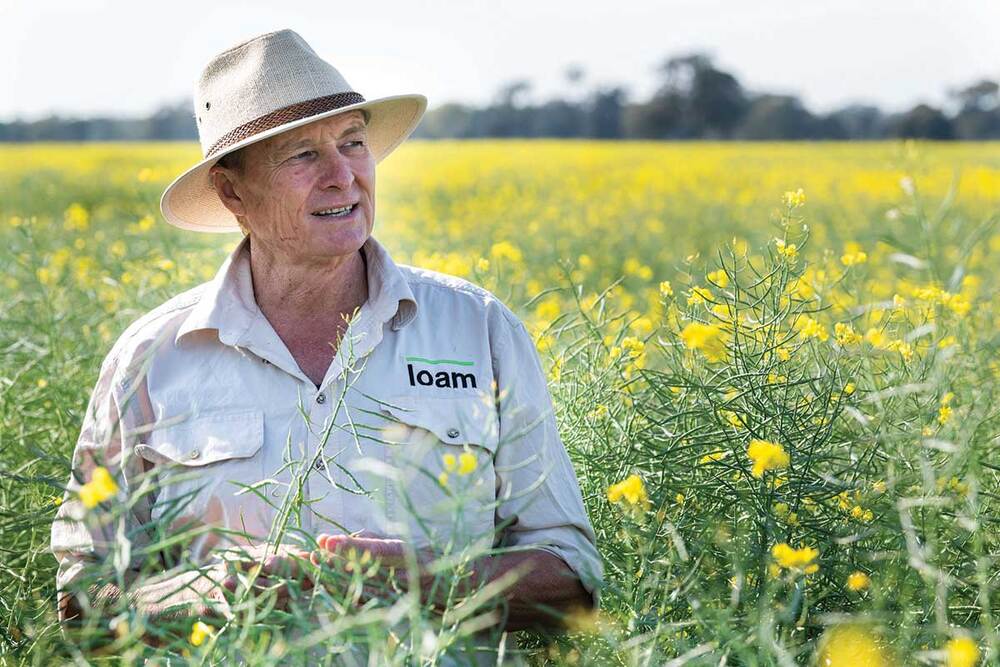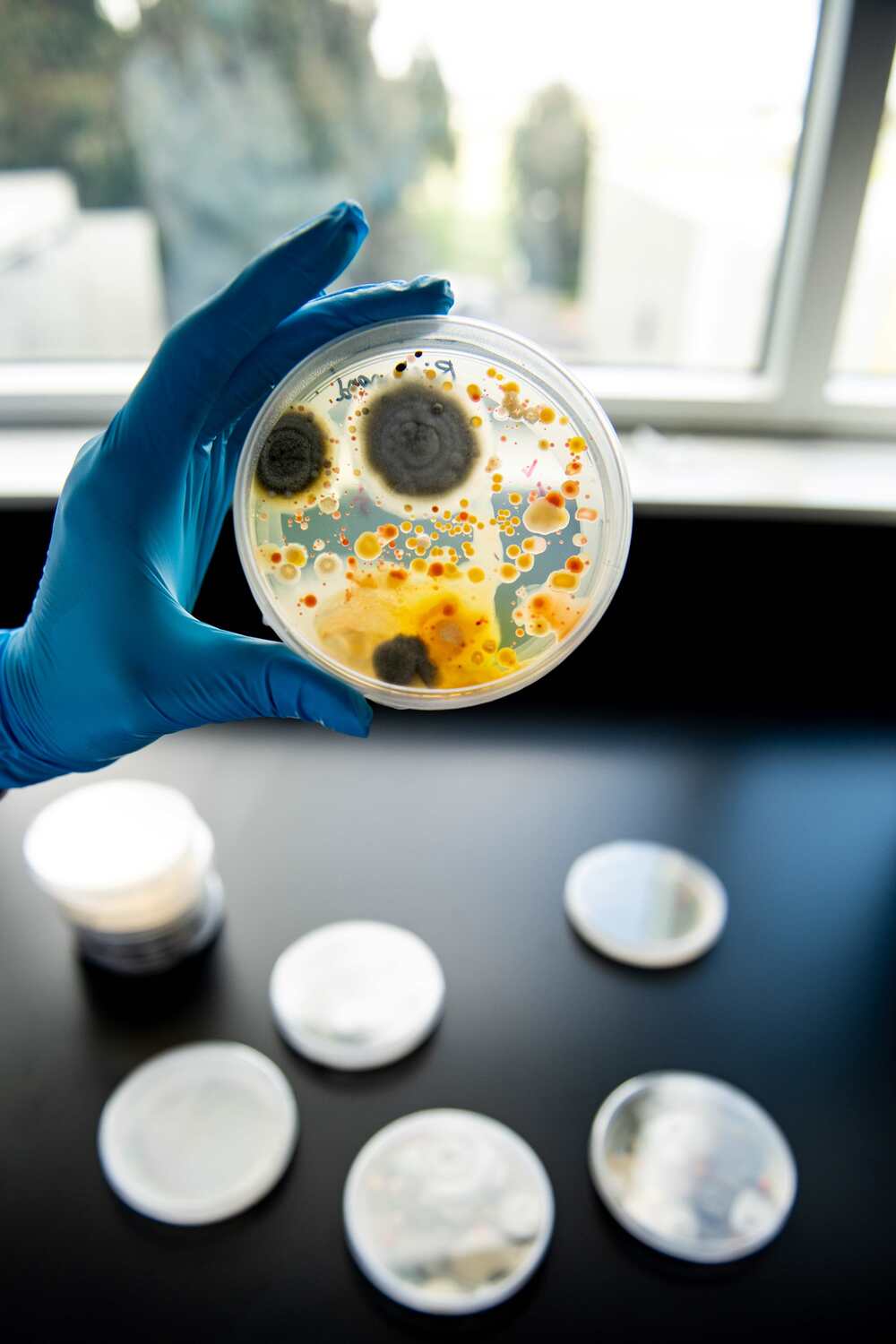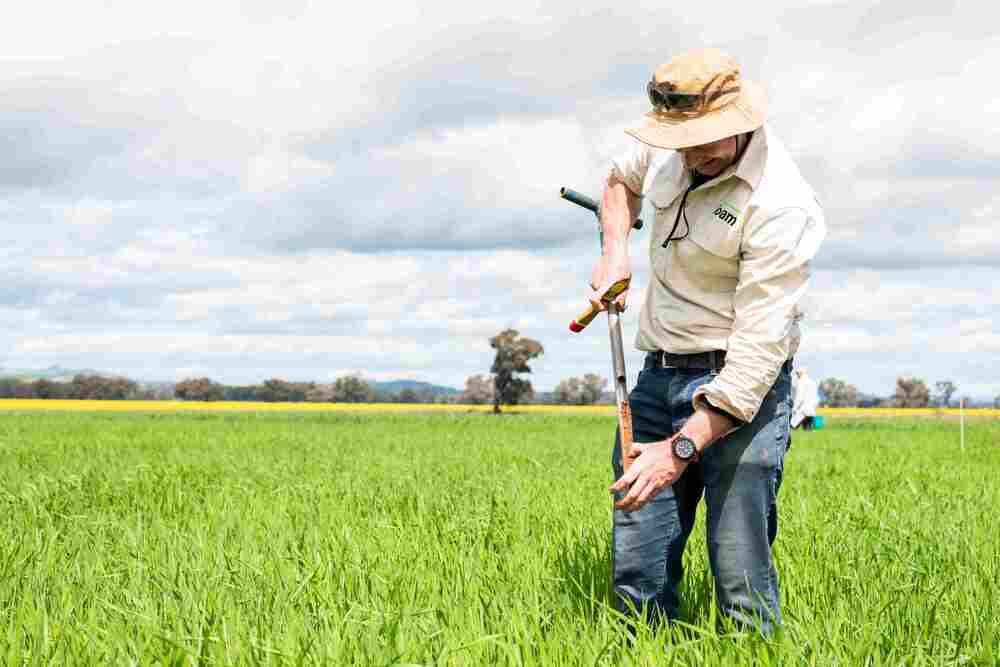A small step for farmers, a big leap for carbon farming
Lee O'Connor
11 April 2024, 3:40 AM
 Loam Bio has spent around a decade perfecting and selecting fungal applications for different crops.
Loam Bio has spent around a decade perfecting and selecting fungal applications for different crops.An agtech company born in the central west is cracking open a door for local croppers to safely step into the global carbon market and providing an opportunity to improve soils, and sustainability, at the same time.
While western graziers have long been able to measure and trade 'above ground' carbon, there have been few genuine options for broadacre grain growers.
That is about to change as the team from Loam Bio come out of their laboratories and field trials to offer growers across the NSW grain belt a chance to use their biotechnology to grow - a 'below ground' crop of carbon without changing their tools, technnique or their usual cropping program.
Co-founder of Loam Bio, Guy Webb, had been a professional agronomist around twelve years when his "aha moment" came at a soils conference in Dubbo in 2012.
"Professor Peter McGee was presenting data at that conference," Mr Webb said.
"He did the first experiments with a special class of fungi on sub-clover that proved to dramatically increased the carbon sequestration.
"After fourteen weeks there was a 17% increase in soil carbon. It's not something ridiculously hard or expensive.
"That's what got myself and a few other local farmers interested."
Along with Tegan Nock (Bogan Gate) and Mick Wettenhall (Trangie), Forbes-based Guy began working with an international team to turn that scientific breakthrough into a practical project that would put it into the hands of farmers to increase their soil carbon and allow them to enter the carbon market.

Guy Webb, co-founder of Loam Bio
Guy and his farmer friends set up a not-for-profit research institute working on soil carbon sequestration.
Their work was supported by funding from various government departments, the CSIRO, GRDC, Clean Energy Finance Corporation and attracted venture capitalists from around the world.
So far, they have raised more than $150million and spent about $70 million on R&D.
They have worked for more than ten years developing the science into a proven product in Australia, the U.S., Canada and Brazil.
"That's a lot of money to invest but we've come out the other end with some extraordinary research data.
"And we've come up with a high performing commercial innovation which is really a step change for the cropping industry to improve soil health and let farmers capitalise on the carbon market."
At the moment the product is ready for wheat, barley and canola.
Next year Loam Bio hope to release it for pulses, followed by summer crops like sorghum, corn and then pasture species.
Guy Webb describes the technique as similar to legume innoculation, where seed is dressed with a fungal concoction during sowing.
"It's very easy to adopt, we've even made a special applicator that can be attached to an airseeder and operated from the cab of your tractor," he said.
"There's no practical change apart from applying the fungus. It's very adoptable and that's what got us excited."

A sophisticated process is used to select the right microbes for specific crops and environments. IMAGE: Monique Lovick
He says in terms of measurable benefits the product "has got to tick two boxes."
"It has to increase soil carbon significantly, that's one, and we always look for yield uptick as well."
The fungus has been proven to increase waterholding capacity, boost nutrient exchange capacity and improve water infiltration.
Interest is building as Loam Bio emerge from their research, trial and product development closet to begin working commercially with farmers on what is essentially a long term relationship of 25 years because that's how long the carbon can be stored in the soil.

Loam Bio's small plot trials at Canowindra. IMAGE:Rachael Lenehan
"We've got farmers on the point of retirement, in their mid sixties and beyond, who've signed on because they have succession in mind and they can see the benefit of soil sequestion as a 'second crop'.
"And there are a lot of young people who are really cognisant of this carbon space who are coming on with open eyes and enthusiasm.
"It's usually growers who've taken a bit of time to educate themselves about the potential of a carbon economy.
"You've got to be able to account for it and be able to generate *ACCUs on your farm to put you in a position of power."
As well as a comprehensive website available, the Loam Bio team of agronomists and support staff will be "out and about" across the cropping belt talking to producers. Their podcast series also allows grain producers to gain information they might need.
"We've been toiling away in the background making sure we've got our ducks lined up," Mr Webb said. "Now we're talking to industry, and we do have something of great value for the farming industry.
"I can hand on heart say this works. There really are no other tools in the toolbox to start carbon farming safely.
"It's a very significant technical jump and it is a world first," he said. "I think Australia should be very proud of what a group of central west farmers and a team of scientists have achieved. It's no small thing."
*ACCU = Australia Carbon Credit Unit



